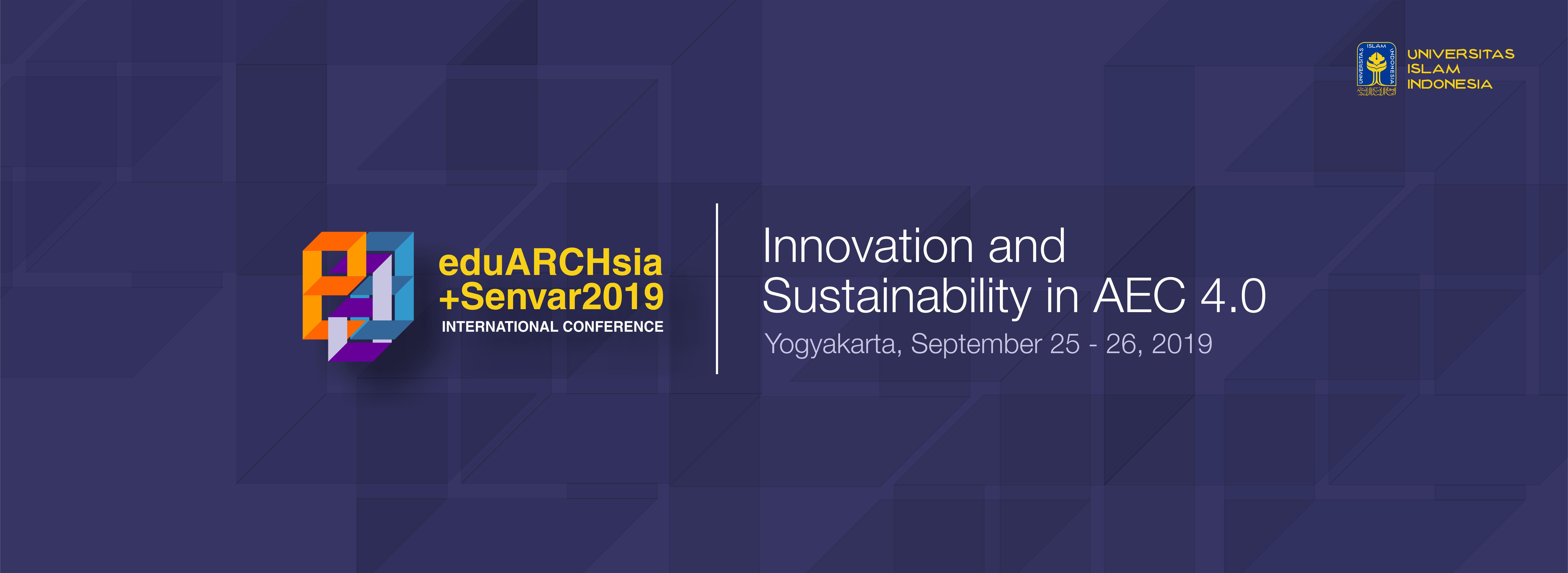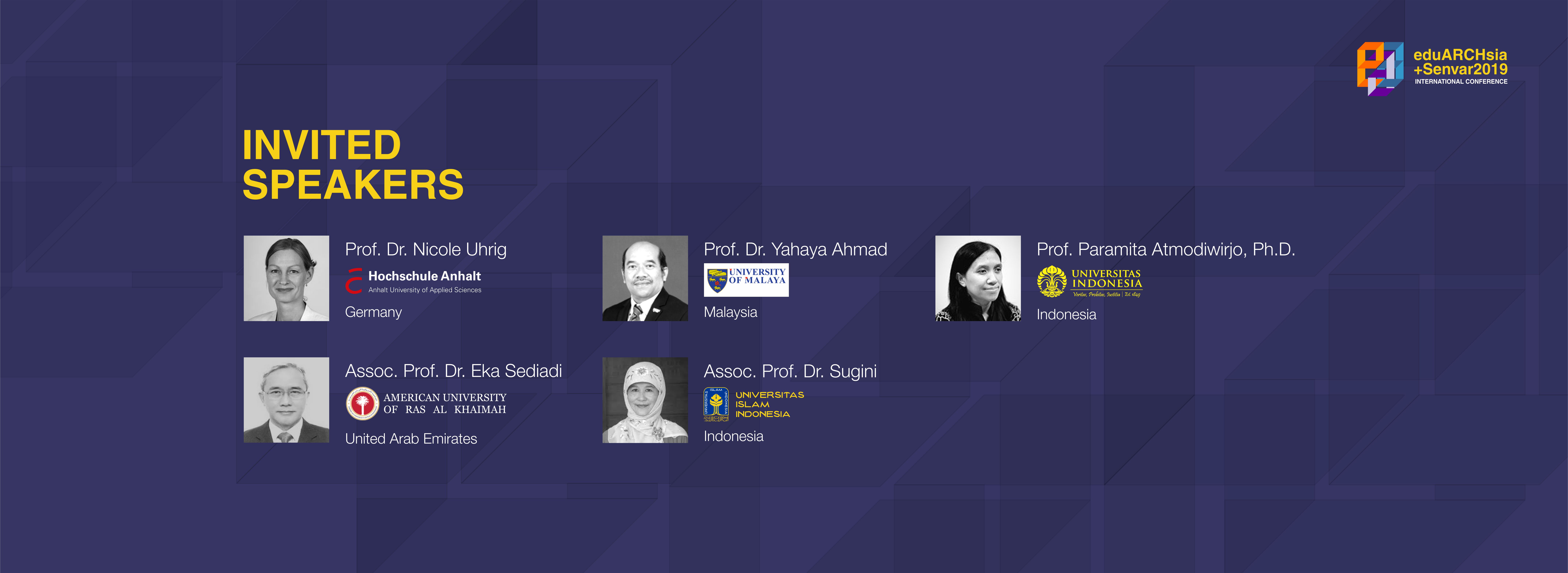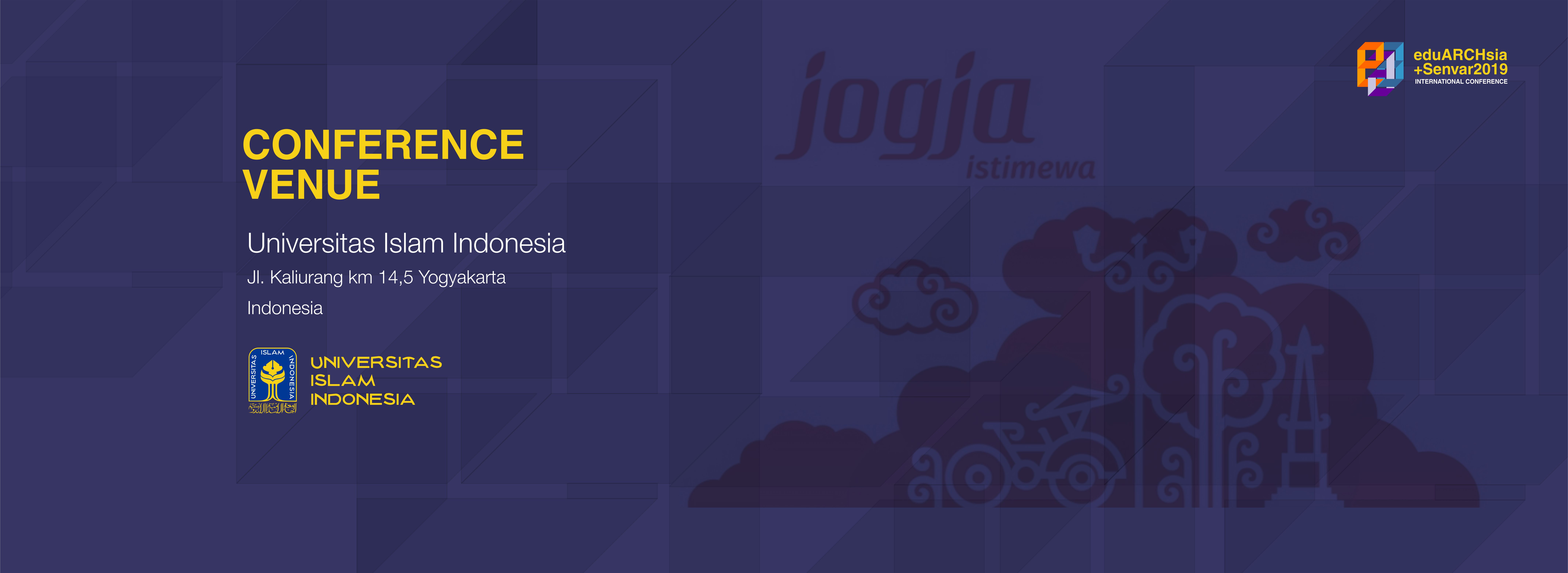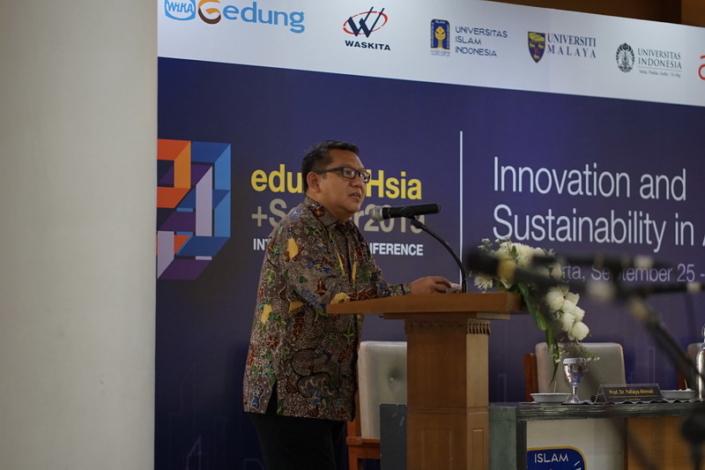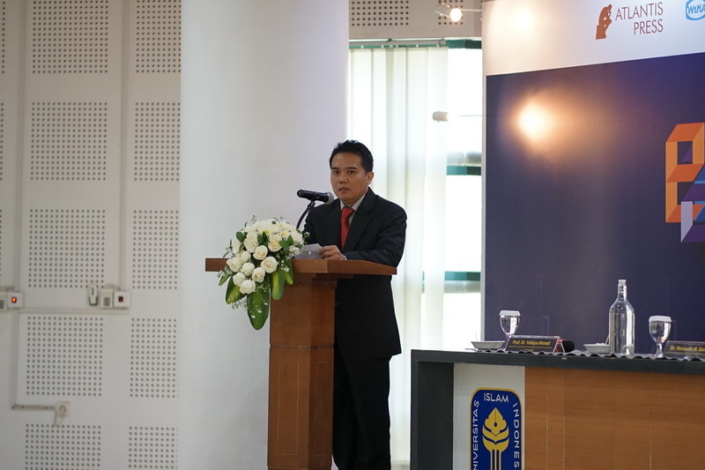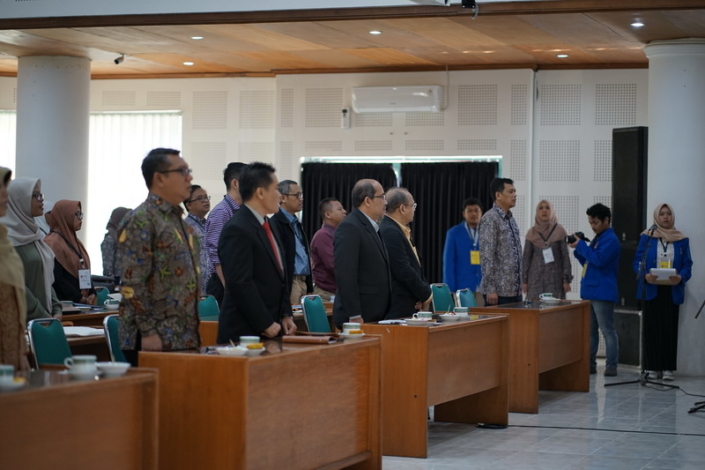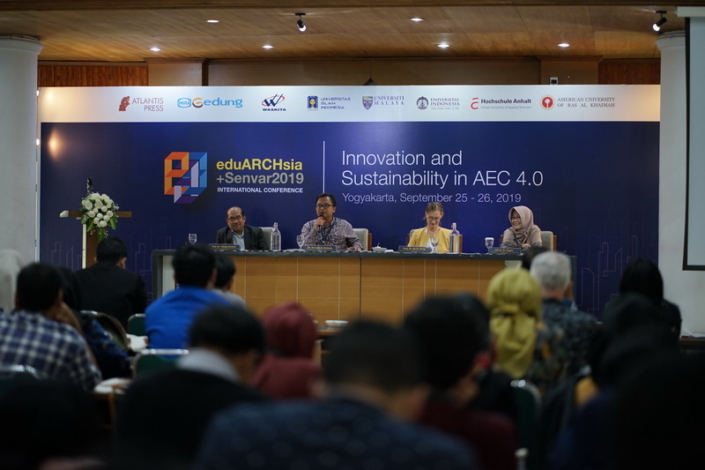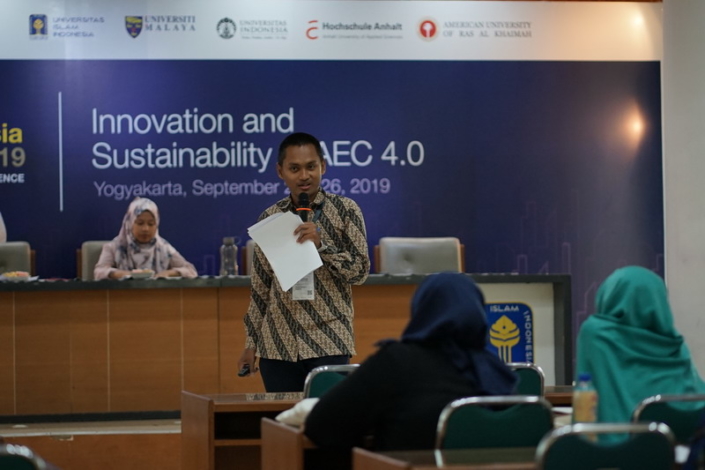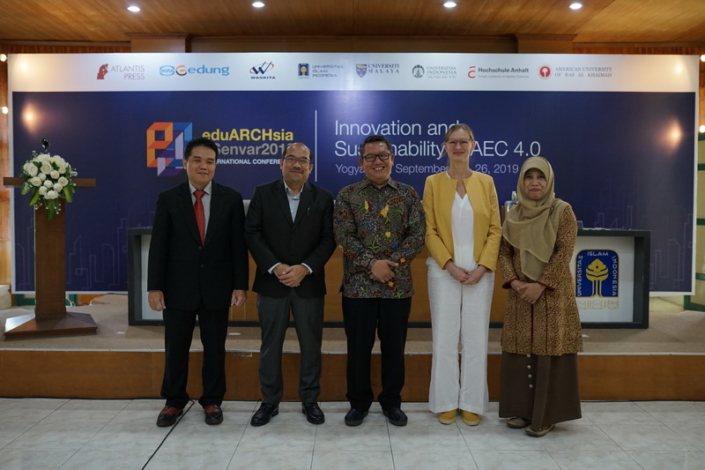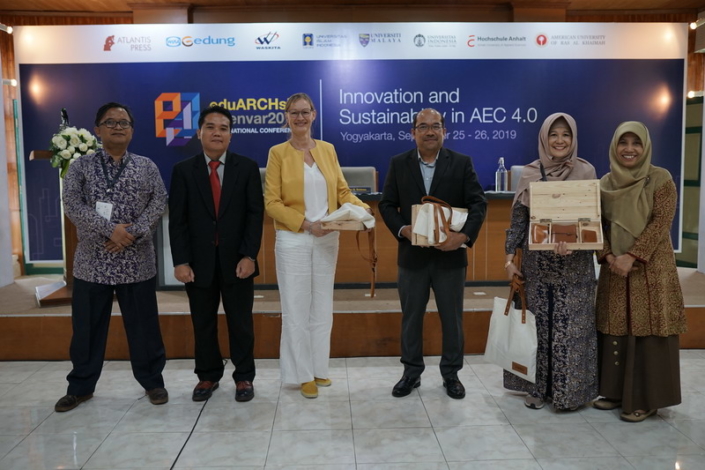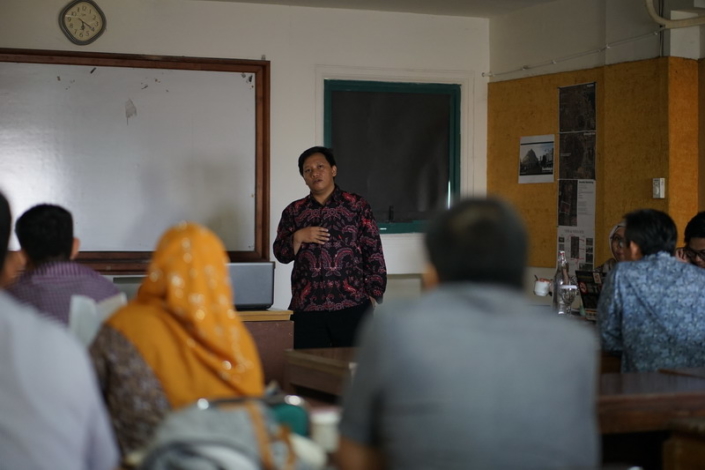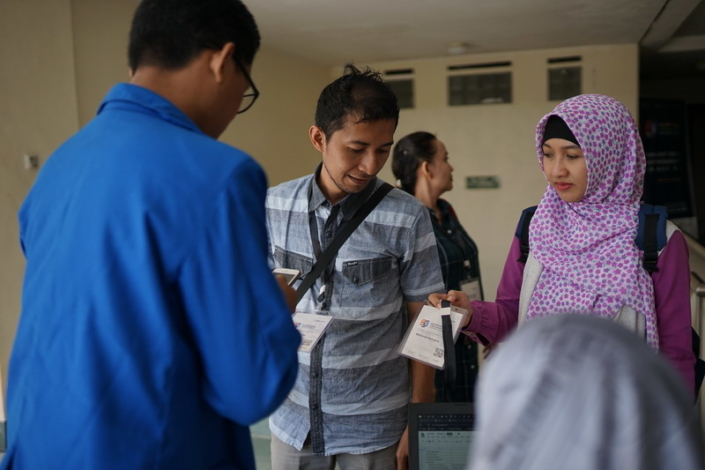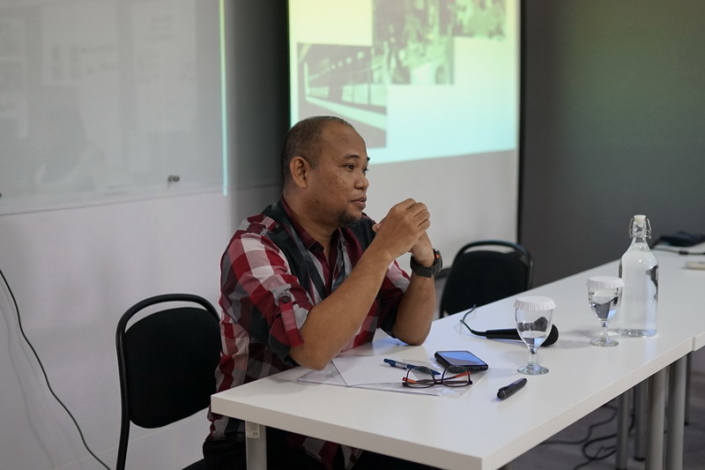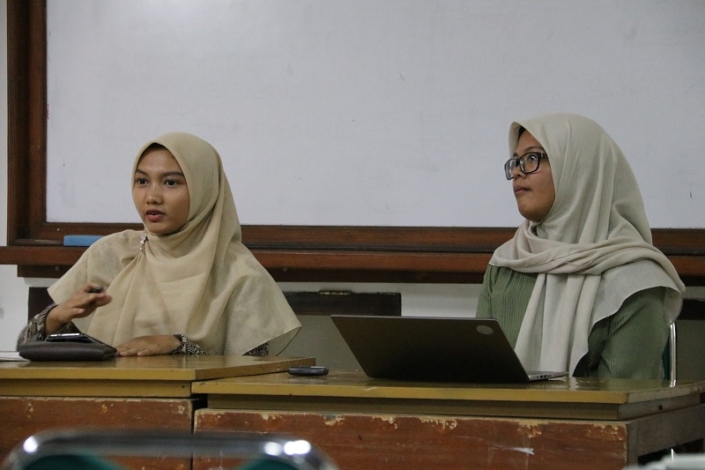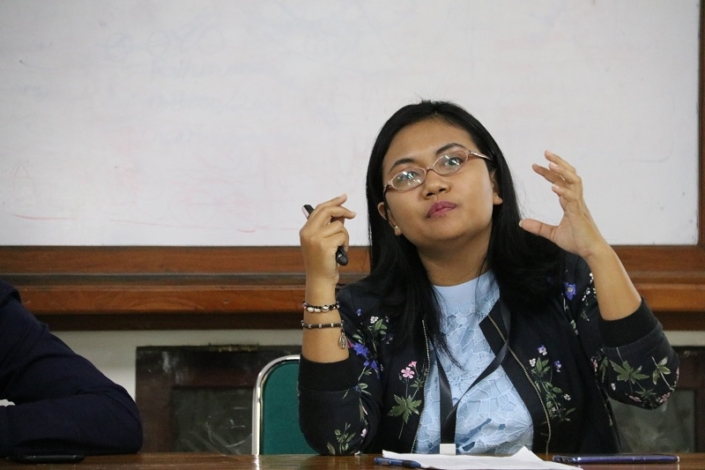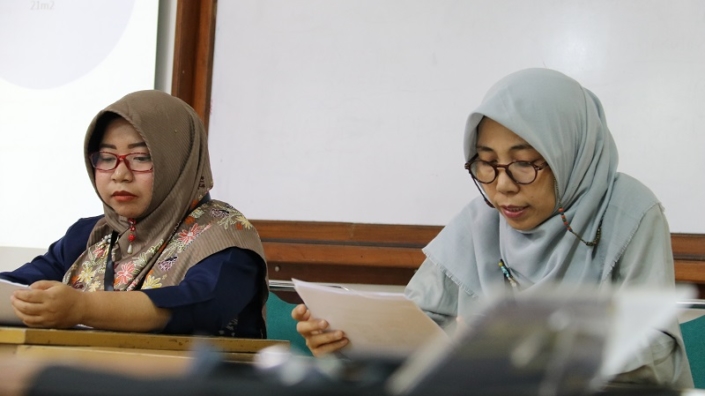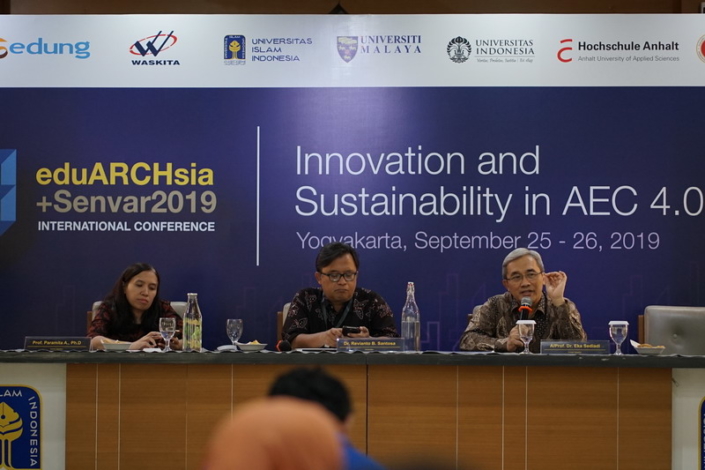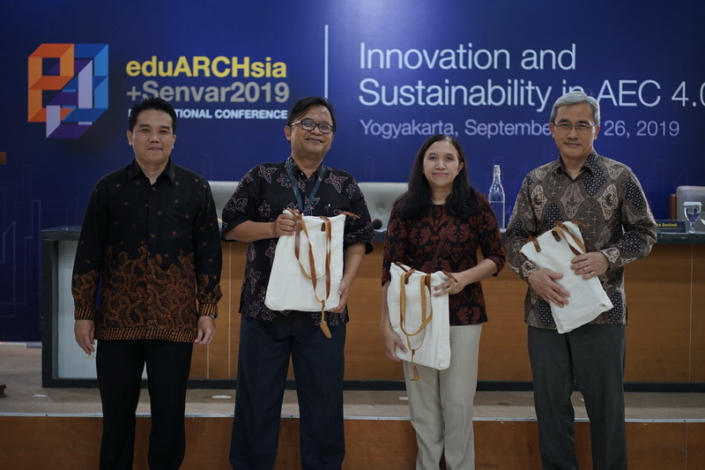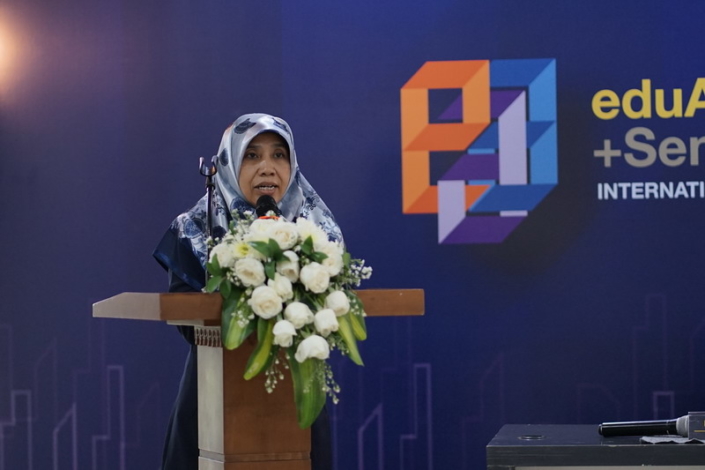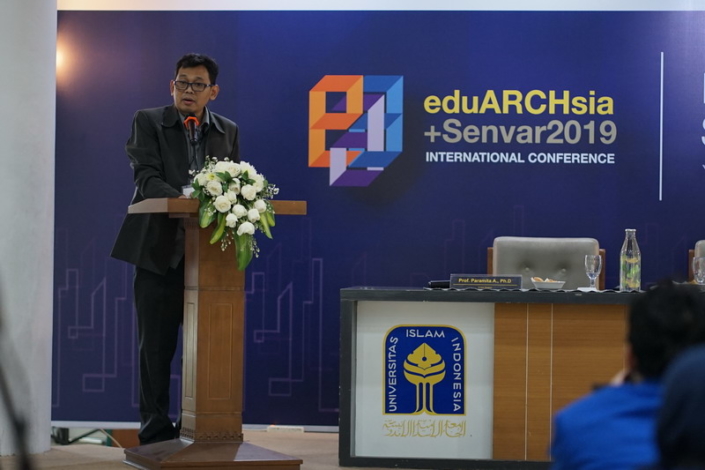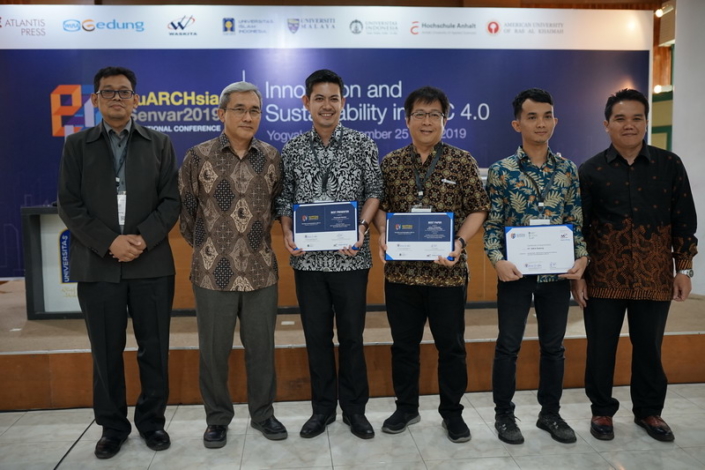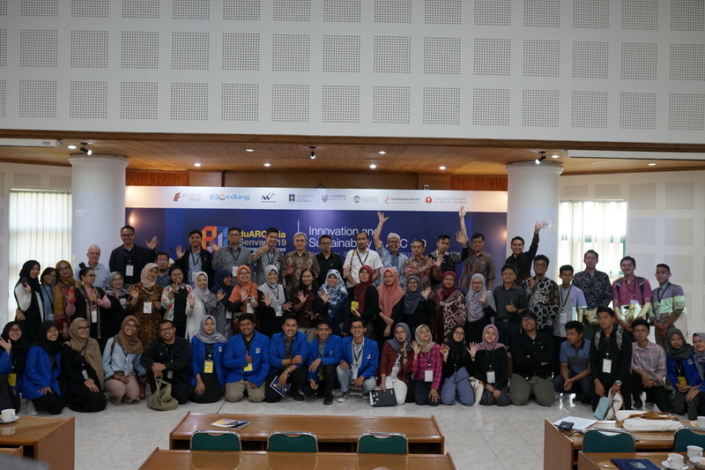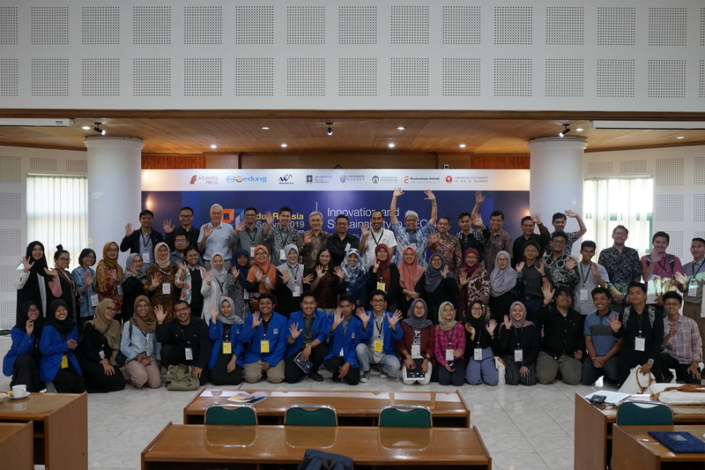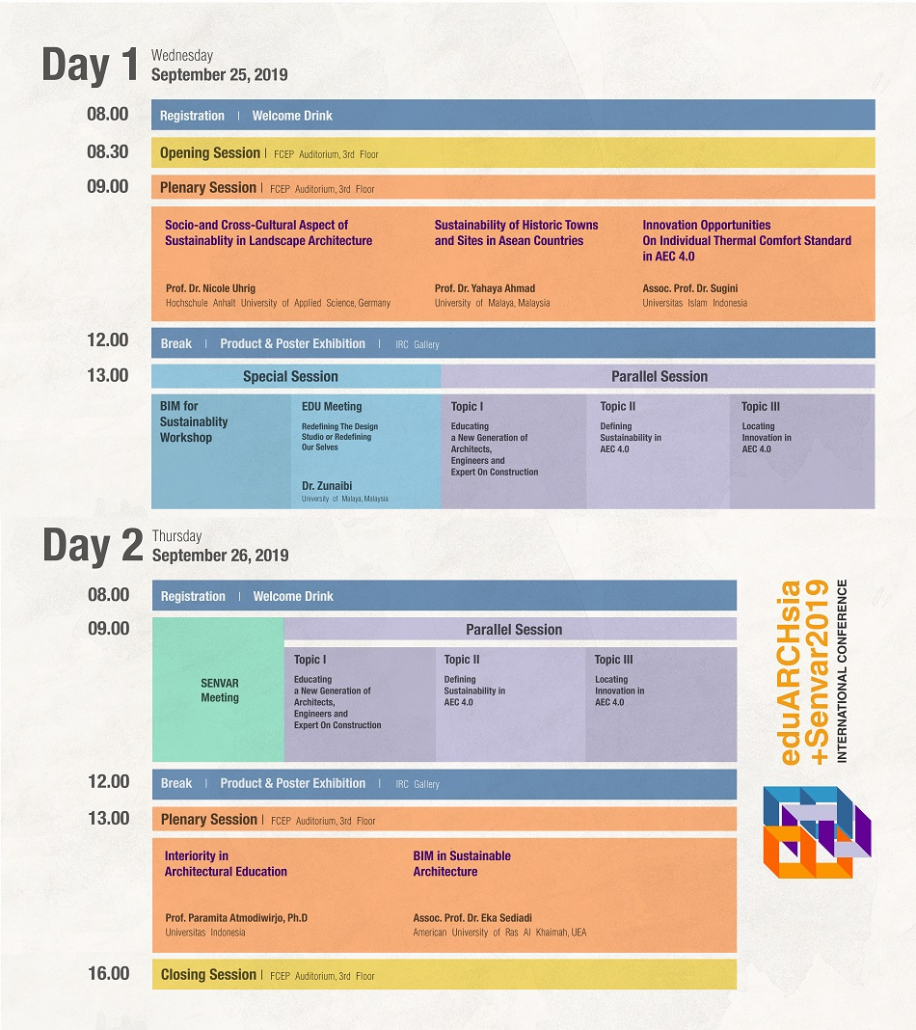CALL FOR PAPER
Background
Architecture, Engineering, and Construction (AEC) industry is facing a fundamental change due to the rise of digitalization and stipulated to comply with the global agreement of the Sustainable Development Goals (SGD). This volatile, uncertain, complex and ambiguous future yet the limitation of resource, shifting of demographic profile and tensions of urban-rural sociology has created a Pandora-like future. Abundant knowledge and practices on technology, social, economic, and politics may benefit from digitalization but at the same time challenges the foundation of the industry itself as many believe that the AEC industry is rooted on and still uses extensively old methods and technologies. Actors of the industry are also lack of knowledge about the implementation of digitalization to generate value and innovation to generate the future of the industry. Moreover most of the actors believe, still, that sustainability is a burden rather than an opportunity.
___________
EduArchsia and Senvar 2019, as a joint forum, invite scholars, educator, and actors on AEC industry to discuss topics of knowledge, excel practices for innovation, and challenge definition, concept, and practices on the sustainable industry on the context of digitalization and its impact. We propose three major topics of discussion, Educating a new generation of architects, engineers and experts on construction, Defining sustainability in AEC 4.0, Locating innovation in AEC 4.0.
We invite a wide variety of papers, including but not limited to discursive papers, research reports, experience, and case or experimental work reports addressing those three major topics. We also invite different perspectives of the topic that include but not necessarily limited to the aspect of (a) history and theory, (b) housing and urbanism, (c) building science and technology, (d) digital technology and smart environment as well as (e) advocacy and profession.
